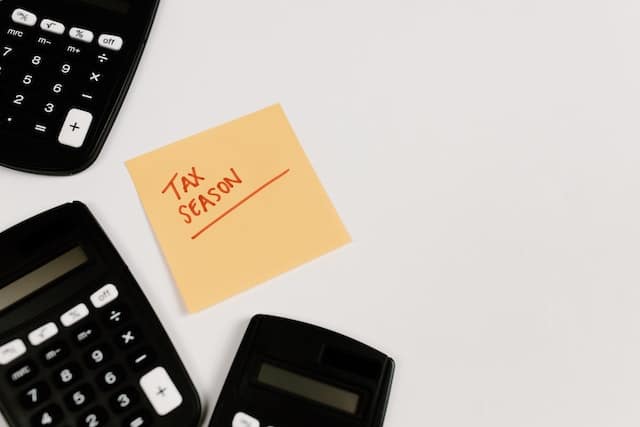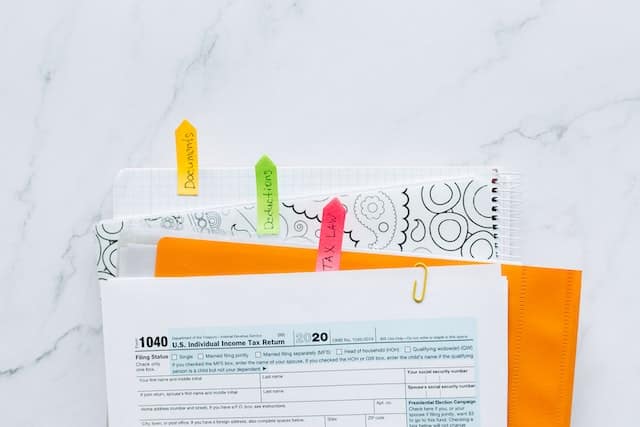Settling tax debt with the Internal Revenue Service (IRS) can be a daunting task. When you find yourself in a position where you owe the IRS money, you may feel overwhelmed and unsure where to start. But the truth is, there are options and strategies to navigate this complex situation, and understanding your available avenues can make a significant difference.
In this guide, we’ll explore some essential ways you can settle your IRS tax debt efficiently and responsibly, including information on tax forgiveness programs that may be available to you.
1. Explore Tax Forgiveness Programs
When faced with mounting tax debt, it’s crucial to research the potential relief programs offered by the IRS. The most prominent of these is the tax forgiveness program IRS, formally known as Offer in Compromise (OIC).
This program allows you to settle your tax debt for less than the full amount you owe, based on your ability to pay, income, expenses, and asset equity. Applying for OIC can be a complex process, so consulting a tax professional to guide you through the necessary forms and negotiations is highly advisable.
2. Set Up An Installment Agreement
If you’re unable to pay your tax debt in full, consider applying for an Installment Agreement with the IRS. This plan allows you to make monthly payments over time until your debt is settled.
Various types of installment agreements exist, such as a short-term payment plan (up to 120 days) or a long-term payment plan, depending on your specific situation and the amount you owe.
3. Apply For A Temporary Delay
If you’re experiencing significant financial hardship and cannot pay your tax debt, you may qualify for a temporary delay in the collection process. The IRS will evaluate your circumstances, and if approved, you could be granted a postponement. However, interest and penalties will continue to accrue, so this should be considered a short-term solution.
4. Consider Penalty Abatement

Image source-Pexels
In certain situations, you may qualify for a penalty abatement, which is a reduction or elimination of penalties associated with your tax debt. To be eligible, you must show a reasonable cause for your failure to meet tax obligations, such as serious illness or natural disasters.
Consultation with a tax expert is recommended to assess your eligibility and assist you in the application process.
5. Seek Professional Assistance
Engaging a tax professional, such as a Certified Public Accountant (CPA) or tax attorney, can be an invaluable asset in navigating the complex landscape of IRS tax debt.
Professionals have the expertise to evaluate your specific situation, recommend the best course of action, and represent you in negotiations with the IRS. While this route may involve fees, the potential savings and peace of mind often outweigh the costs.
6. Avoid Scams And Misleading Programs

While researching ways to settle your tax debt, beware of scams or fraudulent companies promising quick fixes and dramatic reductions in what you owe. Always verify the credentials of any organization or individual offering assistance and stick to recognized and reputable sources.
7. Maintain Compliance Moving Forward
Once you’ve resolved your existing tax debt with the IRS, it’s essential to maintain compliance with all future tax obligations. This includes filing your returns on time, paying any taxes owed, and keeping accurate records of your income and expenses.
Regularly review the tax laws that apply to your situation, or continue working with a tax professional to ensure that you understand and meet all of your obligations. Staying in compliance not only helps you avoid future problems with the IRS but also demonstrates a commitment to responsible financial management.
If you faced difficulties that led to your initial tax debt, learning from those experiences and implementing preventative measures can be a vital step toward long-term financial health and stability.
Conclusion
Settling your IRS tax debt may seem like an insurmountable challenge, but understanding your options and taking strategic steps can lead to a favorable resolution. From exploring the ‘tax forgiveness program IRS’ to considering installment agreements, penalty abatement, seeking professional assistance, avoiding scams, and maintaining compliance moving forward, there are various avenues tailored to different financial situations.
The key is to be proactive, well-informed, and patient, recognizing that each option comes with its unique process and requirements. By taking control of your financial future and exploring these solutions today, you create a pathway towards financial stability and peace of mind. Whether you’re just starting this journey or are working to maintain a settled state with the IRS, these insights and strategies offer a guiding hand in navigating the complexities of tax debt.
